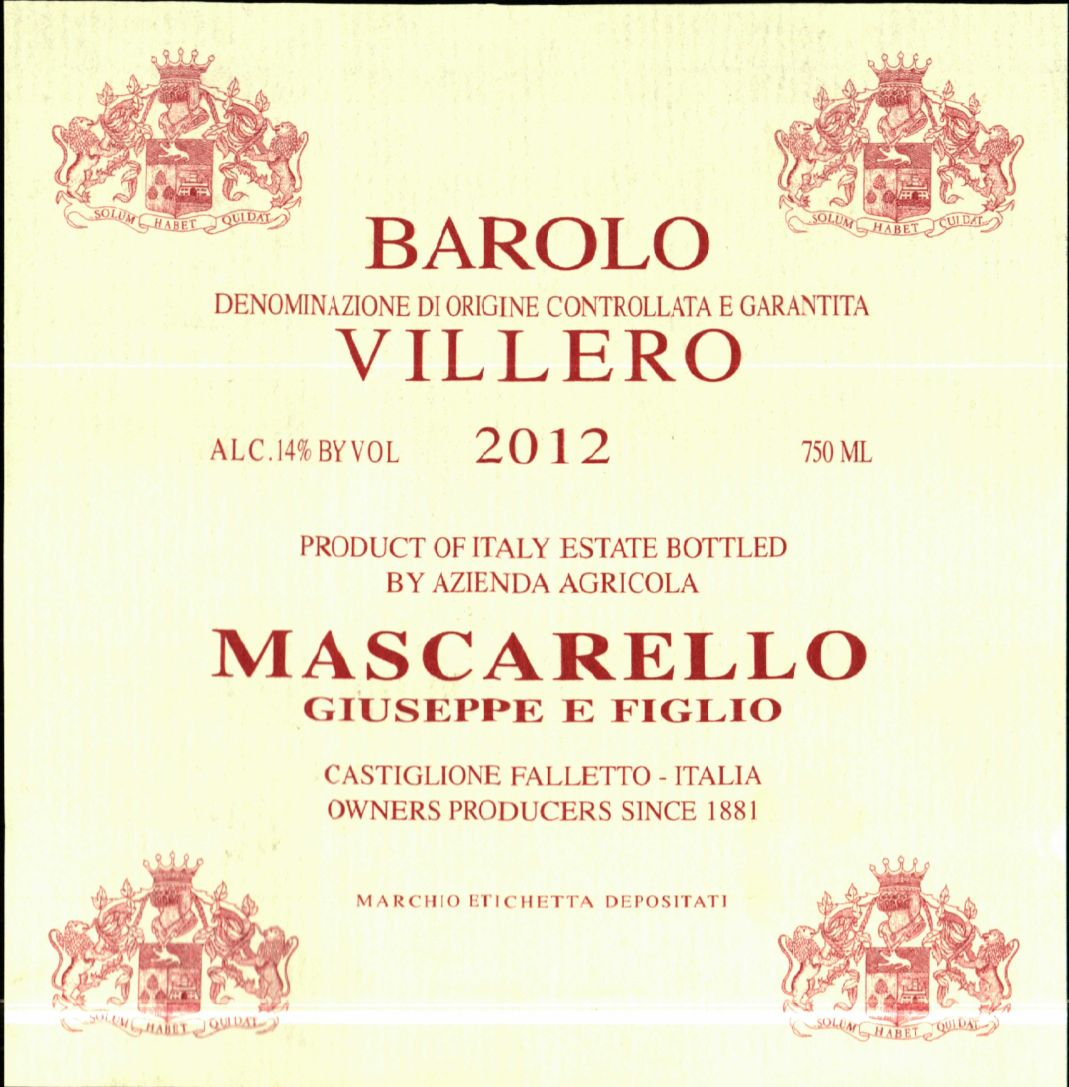2012 Barolo Red Blend
The Mascarello Giuseppe E Figlio Villero is a stunning red blend hailing from the esteemed Barolo region, known for its remarkable terroir that contributes to the wine's intricate profile. Its deep red hue hints at the complexity within. This 2012 vintage showcases a full-bodied character with a harmonious balance of high acidity that dances tantalizingly on the palate. The fruit intensity is pronounced, revealing vibrant notes of dark cherries and plums, accented by subtle earthy undertones and hints of floral elegance. Tannins are notable yet refined, adding structure and depth without overwhelming the wine's finesse. This beautifully crafted wine is perfectly dry, making it an exceptional choice to pair with rich, hearty dishes or to enjoy on its own as a testament to the artistry of Barolo winemaking.
The Mascarello Giuseppe E Figlio Villero is a stunning red blend hailing from the esteemed Barolo region, known for its remarkable terroir that contributes to the wine's intricate profile. Its deep red hue hints at the complexity within. This 2012 vintage showcases a full-bodied character with a harmonious balance of high acidity that dances tantalizingly on the palate. The fruit intensity is pronounced, revealing vibrant notes of dark cherries and plums, accented by subtle earthy undertones and hints of floral elegance. Tannins are notable yet refined, adding structure and depth without overwhelming the wine's finesse. This beautifully crafted wine is perfectly dry, making it an exceptional choice to pair with rich, hearty dishes or to enjoy on its own as a testament to the artistry of Barolo winemaking.




